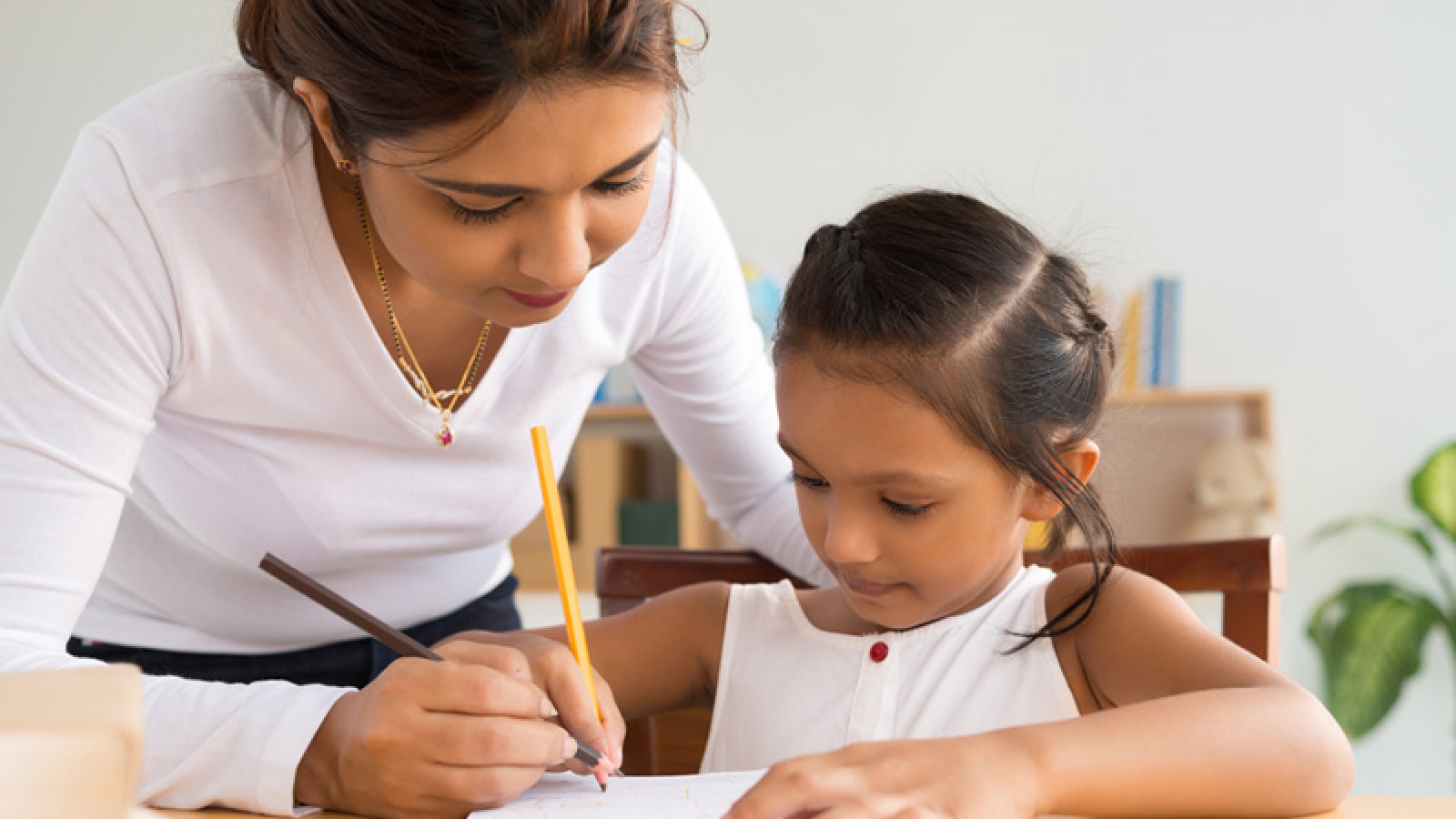How Do You Teach Writing to Your Kids: Here Are The Tips

How do you teach writing to your children? Nurturing the skill of writing in your kids is a valuable endeavor that not only enhances their communication abilities but also fosters creativity and critical thinking.
As parents and educators, there are effective strategies you can employ to make the writing process an engaging and enjoyable experience for your young learners. In this article, we'll explore key tips and approaches to teach your kids the art of writing, laying the foundation for their academic success and lifelong communication skills.
How to Teach a Child to Write
Teaching a child to write is a crucial developmental milestone that sets the stage for effective communication and academic success. Here are some practical and engaging strategies to guide you in nurturing your child's writing skills:
1. Building Dexterity and Muscles
The foundation of writing begins with the development of fine motor skills and hand-eye coordination. Before a child can effectively hold a pencil and create legible letters, they need to build strength and control in their hands and fingers.
Engage your child in activities that promote fine motor skills, such as threading beads, using scissors, or playing with building blocks. These activities help enhance the muscles and coordination necessary for precise movements in writing.
2. Learning Proper Grip and Posture
Proper grip and posture are essential components of successful writing. The tripod grip, where the pencil is held between the thumb and the first two fingers, is widely recommended.
Teach your child this grip early on, ensuring they are comfortable and relaxed while holding the pencil. Additionally, emphasize the importance of sitting with a straight back and feet flat on the floor to create a conducive writing environment.
Regularly check your child's grip and posture to prevent the development of incorrect habits that may hinder their writing progress.
3. Making Writing Fun to Learn
To make the learning process enjoyable, incorporate creative and playful activities that focus on letter recognition and formation:
- Spell out letters with Play-Doh
Forming letters with Play-Doh adds a tactile and interactive element to letter learning. Your child can roll, flatten, and shape the Play-Doh to create each letter.
- Use finger paints
Finger painting allows children to experiment with shapes and strokes. This sensory-rich activity makes learning letters a hands-on experience.
- Use a hose or water gun on a hot day outside
Take writing outdoors by allowing your child to "write" with water on pavement or a fence. This not only reinforces letter shapes but also provides a refreshing outdoor activity.
- Encourage letter play
Incorporate letters into your child's playtime. You can use letter-shaped puzzles, magnetic letters on the fridge, or even bath letters during bath time.
- Incorporate letter-learning into daily life
Point out letters during everyday activities. Whether you're shopping, reading a book, or cooking, take opportunities to identify letters and their sounds.
4. Beginning to Write
Once your child has developed basic fine motor skills and has a good grasp of letter recognition, you can gradually introduce the concept of writing with these activities:
- Trace letters
Provide worksheets with dashed letter outlines for your child to trace. This helps them get a feel for the strokes and shapes of each letter.
- Move up to connecting the dots
Connecting dots to form letters helps children understand the sequential order of strokes. This prepares them for independent letter formation.
- Copy his or her name
Start with something familiar and meaningful to your child—their name. Encourage them to copy the letters of their name, reinforcing both letter recognition and personal identity.
- Give the letters a fun story
Associate each letter with a simple, memorable story or image. This can make the learning process more engaging and help your child remember the shapes and sounds of the letters.
- Use letter-tracing worksheets
Introduce worksheets that guide your child through the process of forming letters. These worksheets provide a structured approach to letter writing.
- Help kids out by describing movements
Use verbal cues to describe the movements involved in forming each letter. For example, you might say, "Start at the top and make a big curve for the letter C."
5. Moving Up to Words and Sentences
As your child becomes more comfortable with individual letters, it's time to progress to forming words and sentences. Here are several activities you can do in this phase:
- Teach sounds in connection with letters
Introduce phonics by associating letter sounds with their respective symbols. This connection is crucial for reading and spelling.
- Work on spelling
Encourage your child to spell simple words using the letters they've learned. This can be done through interactive games, puzzles, or even creating a personalized spelling bee at home.
- Use worksheets that encourage writing
Incorporate worksheets that focus on word formation and sentence building. These worksheets can include prompts and spaces for your child to express their thoughts in writing.
- Talk aloud while you're writing
Demonstrate the thought process behind writing by verbalizing your own writing activities. This helps your child understand that writing involves expressing ideas and thoughts.
- Make writing a daily practice
Establish a routine for writing. Whether it's through journaling, creating stories, or writing letters to friends and family, consistent practice is key to reinforcing writing skills.
Start the Writing Journey Together Today!
Teaching your kids to write is a gratifying endeavor that not only enhances their academic performance but also empowers them to express themselves effectively.
Have you considered igniting your child's potential through a dynamic blend of education and creativity? At Rockstar Academy, we seamlessly blend early childhood education with the excitement of a Sports & Performing Arts Academy, offering a unique and dynamic learning environment for your little one.
Give your child the opportunity to thrive academically and artistically. Sign up for Rockstar Academy's free trial today and embark on a journey where early childhood education becomes an adventure of growth and excitement!
FAQ
1. How can I teach my child to write?
Start by building fine motor skills, introduce proper grip, and make writing fun with creative activities.
2. What should I teach first in writing?
Begin with letter recognition and formation. Use tracing exercises, connect-the-dots, and encourage them to copy their name. Progress to word formation, spelling, and eventually, sentences.



